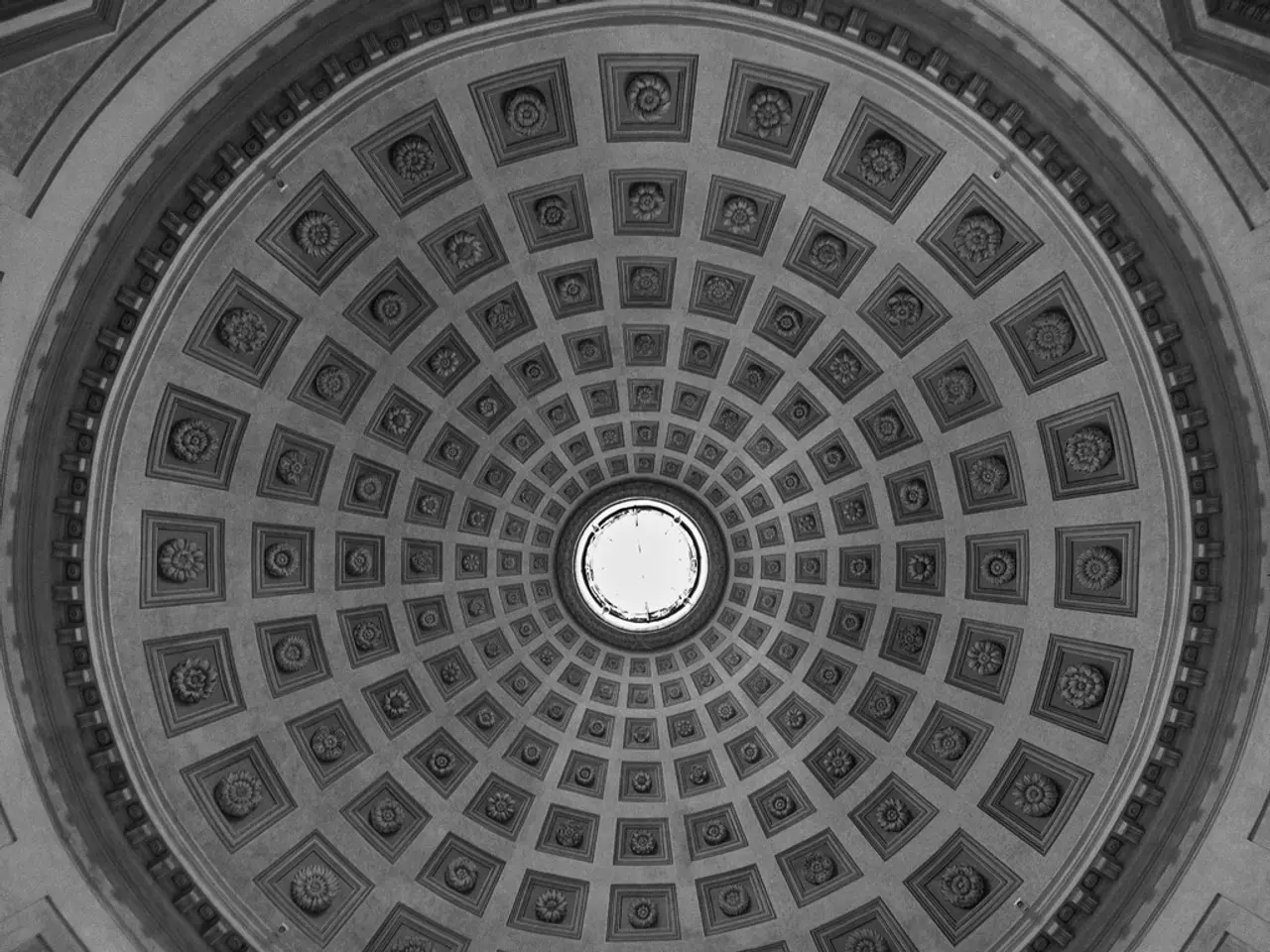Restoration Materials for Ancient Roofs
Historic buildings require careful consideration when it comes to roofing materials. The most common options for restoration include slate, wood shake (or cedar shake), copper, architectural shingles, clay tiles, and thatch.
Slate is a popular choice due to its durability, longevity, and authentic appearance. Some historic slate roofs have lasted over a century, earning the nickname "hundred-year roofs." However, slate's high cost, weight, and the need for skilled installation and maintenance make it a less accessible option for some.
Wood shakes, often cedar, offer a natural, historically accurate look with good water resistance when treated properly. They are susceptible to fire, rot, and have a relatively shorter lifespan compared to slate. Regular treatment is necessary to improve their durability.
Copper roofing provides a distinctive historic look and excellent longevity with corrosion resistance. It forms a protective patina over time. Copper is often used in historic home details or accent roofing rather than full roofs due to its high cost and the need for expert installation.
Architectural shingles serve as a practical, more affordable modern alternative that can mimic the appearance of slate or wood shake while requiring less maintenance and providing better waterproofing underlayment. They offer easier installation and improved durability but are less authentic and typically have shorter lifespans than the original materials.
Clay tiles are common in some historic regional styles, valued for their longevity and aesthetic appeal. They are heavy and require a steep roof pitch, making them a costly initial investment.
Thatch roofs are historically significant in some regions but have largely fallen out of favor due to maintenance demands and fire risk.
Each material has its advantages and disadvantages, and the choice depends on the historic building’s architectural style, local climate, budget, and desire for authenticity versus practicality. Skilled roofers specializing in historic homes often restore and match original materials, sometimes integrating modern underlayments to improve performance while maintaining historic character.
| Material | Advantages | Disadvantages | |--------------------|-------------------------------------|--------------------------------------| | Slate | Very durable, authentic, long-lasting (100+ years) | Heavy, expensive, requires skilled labor | | Wood Shake (Cedar) | Natural look, decent water resistance when treated | Vulnerable to fire and rot, needs treatment | | Copper | Corrosion-resistant, very durable, attractive patina | Very costly, requires expert installation | | Architectural Shingles | Affordable, low maintenance, mimic traditional materials | Less authentic, shorter lifespan than original | | Clay Tiles | Long lasting (70+ years), easy to repair, attractive | Heavy, needs steep pitch, costly initial investment | | Thatch | Historically accurate in some regions, good insulation | Labor intensive, high maintenance, fire risk |
In North America, asphalt shingle roofs were originally used as an inexpensive replacement for wooden shingles and became a primary building material, especially for residential buildings. Wooden shingles are inexpensive and lightweight but can be dented by normal environmental conditions. Metal roofing, including sheet metal, became popular in the 1800s in North America. With exception of copper roofing, metal roofing is susceptible to rusting and corrosion. Sheet metal roofing is fireproof and inexpensive. Slate roofing is fireproof, and the durability of a metal roof is second only to that of a slate roof. However, a disadvantage of slate roofing is its weight, which can lead to a roof collapse if the underlying structure has been affected by leaks.
The historic building restoration process may also involve interior-design adjustments to maintain the building's original structure and charm while updating it for a modern lifestyle and home-and-garden standards.
While considering roofing options, sheet metal roofing could be an affordable and durable choice for historic building restoration. It offers resistance to fire and corrosion, making it an excellent choice for areas with harsh weather conditions.
Incorporating stylish interior-design elements in the home-and-garden can enhance the overall aesthetic appeal, reflecting the owner's lifestyle while preserving the historic beauty of the building.




